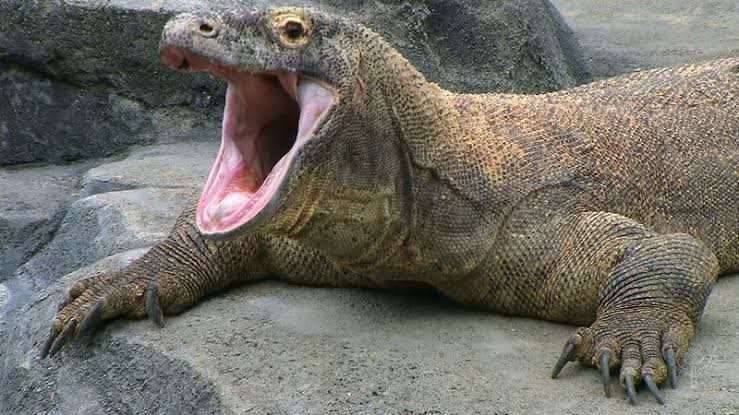In the animal kingdom, reproduction typically involves the mating of male and female individuals.
However, some species defy this norm through a process known as parthenogenesis, which allows them to reproduce without mating.
Parthenogenesis is an asexual form of reproduction where offspring develop from an unfertilized egg. It can be found in both invertebrates and vertebrates, with certain species utilizing this fascinating process under specific conditions.
Here are some incredible animals that reproduce without mating:
1. Komodo Dragons
These large lizards can switch between sexual reproduction and parthenogenesis. When isolated from males, female Komodo dragons can produce offspring on their own.

2. Honeybees
In honeybee colonies, queen bees mate with drones, but unfertilized eggs develop into male bees (drones) through parthenogenesis. Only fertilized eggs develop into female worker bees or future queens.
3. Whiptail Lizards
In certain species of whiptail lizards, all individuals are female. They reproduce exclusively through parthenogenesis, producing clones of themselves.
4. Aphids
Aphids, tiny sap-sucking insects, often reproduce asexually during the summer months through parthenogenesis. This allows their populations to grow rapidly.
5. Sharks
Certain species of sharks, such as the hammerhead and zebra sharks, have been observed reproducing through parthenogenesis in captivity, particularly when no male is available.
6. Turkeys
Although rare, some female turkeys have been known to lay unfertilized eggs that develop into male offspring through parthenogenesis.
7. New Mexico Whiptail
This lizard species is entirely female, with every individual capable of reproducing asexually. They are known for being able to produce viable eggs without the need for a male.
8. Stick insects
Stick insects, also called “walking sticks,” are regarded as the longest insects in the world. They are herbivores that feed on leaves and live in the forest. Stick insects are similar to crickets, mantises, and grasshoppers; they could be green, black, or brown in colour. Other insects feed on their feces.
9. Tardigrades
Tardigrades, also known as water bears, are microscopic organisms that reproduce sexually and asexually. They feed on algae, invertebrates, and plant cells. Tardigrades are unique for their reproductive styles and resistance.
Parthenogenesis is a remarkable adaptation, enabling these species to survive and reproduce in environments where mates may be scarce. It’s yet another example of the extraordinary diversity of life in the animal kingdom.
You might also be interested to learn about how the popular ‘Lagos Boy’ slang came into existence.
Get instant and latest news updates via Our WhatsApp Community, X/Twitter or Google News online channel.